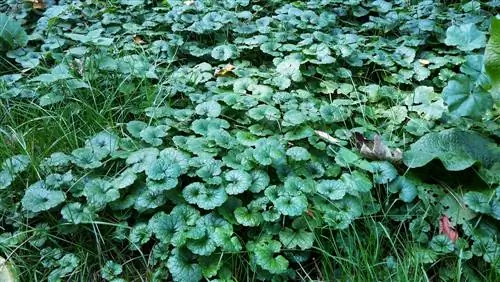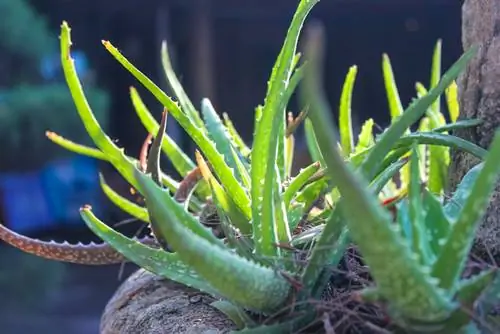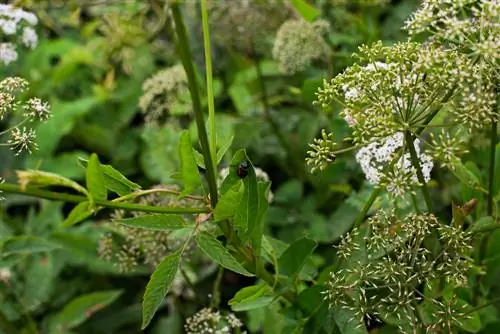- Author admin [email protected].
- Public 2023-12-16 16:46.
- Last modified 2025-01-23 11:20.
The delicate and very easy-care maiden in the green (Nigella damascena) is a popular summer flower that - although originally from the Mediterranean - has been documented in our latitudes since the 14th century. Although the annual plant with its delicate flowers only blooms for a very short time, its seeds or seed heads can be used both in the kitchen and for decorative purposes.

What is the difference between green cumin and black cumin?
The maiden in the green (Nigella damascena) and the black cumin (Nigella sativa) are both plant species from the buttercup family. They differ in taste and properties: the seeds of the maiden in the green are reminiscent of woodruff, while real black cumin tastes like sesame and has medicinal properties.
Virgin in the countryside vs. black cumin
The green maiden (Nigella damascena), which is primarily used as an ornamental plant, belongs - like black cumin - to the buttercup family (Ranunculaceae), which in turn belongs to the black cumin (Nigella). The genus name refers to the color of the black seeds, which are approximately two to three millimeters in size, as the Latin word “nigellus” means “black”. Other common names for the maiden in the green are Damascus black cumin, Damascus caraway or garden black cumin.
Difference between green cumin and black cumin
The real black cumin (Nigella sativa) is very similar in appearance to the maiden in the green, but has a completely different taste and other properties. The maiden in the green contains the alkaloid damascenine, which - if consumed in excess - is slightly poisonous. Black cumin also tastes slightly like sesame, while the maiden seeds are more reminiscent of woodruff in culinary terms.
Seeds of the maiden in the green in the kitchen
In the kitchen, the seeds of the green maiden can be used either ground or in a mortar, but only very sparingly due to the risk of poisoning. It is used in the same way as black cumin, although the seeds of the green cumin do not have the same properties. The virgin is particularly popular for sweet dishes.
Virgin in the countryside in naturopathy
Traditionally, the maiden in the green is also used in natural medicine, primarily against flatulence, but also for stomach, intestinal and bile problems. In folk medicine of earlier centuries, the seeds were also used for whooping cough, bronchitis and asthma. However, any proven medical effect has not yet been proven in clinical studies - in contrast to that of black cumin.
Tip
By the way, you can grow black cumin - just like the maiden in the green - in your home garden.






